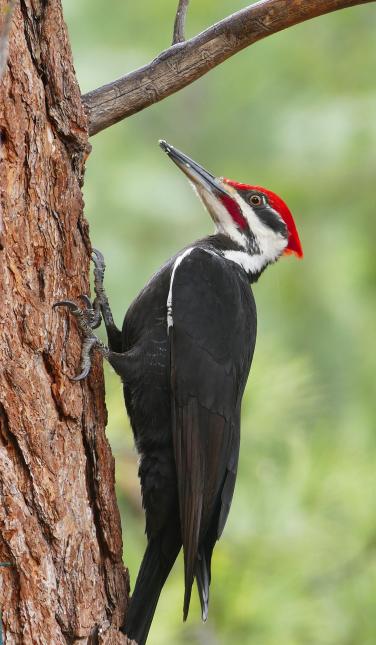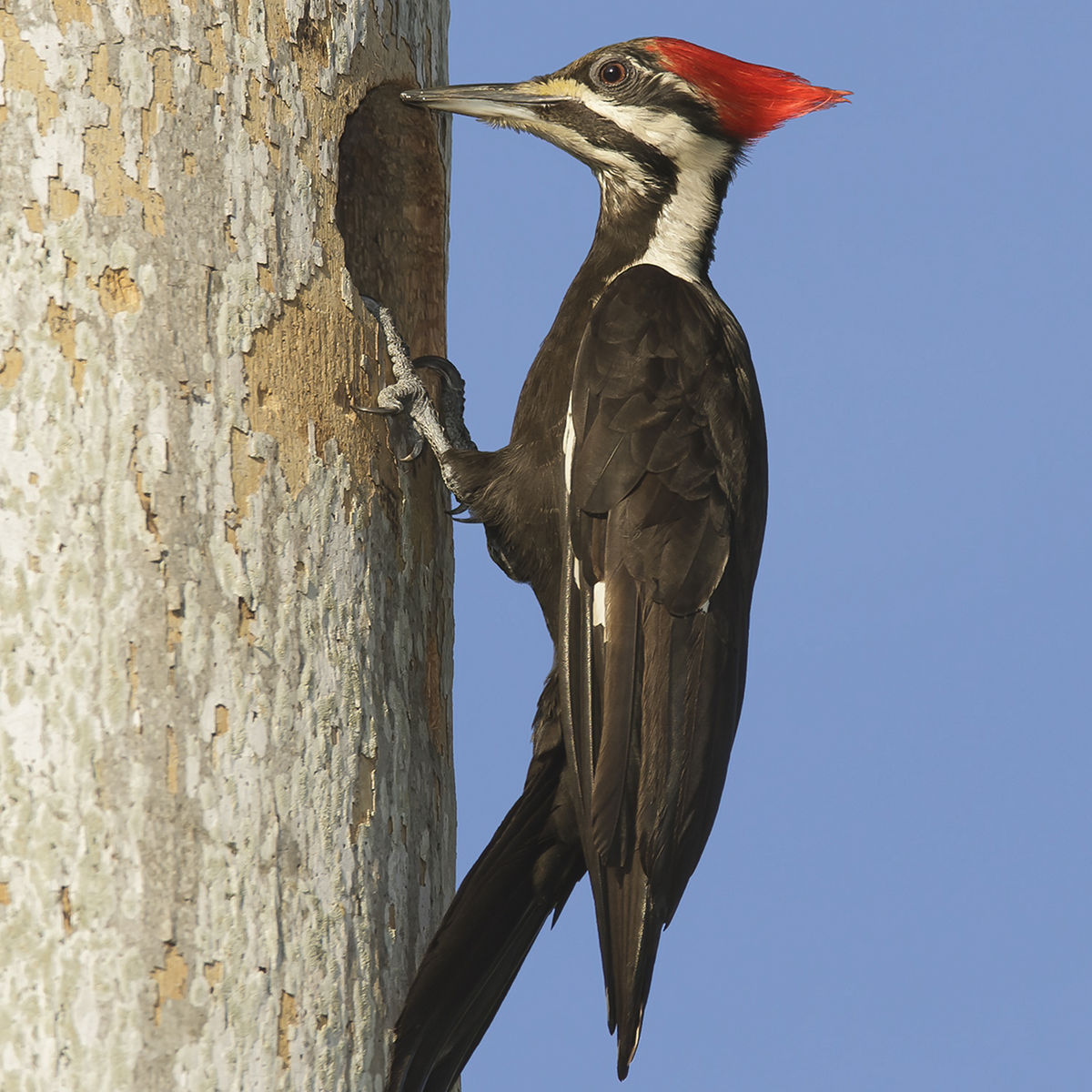Introducing the Secrets of Woodpeckers: Habits, Environment, and Much More
Woodpeckers, with their one-of-a-kind actions and specialized adjustments, have actually long amazed scientists and nature lovers alike. By uncovering the mysteries bordering woodpeckers' actions and environment options, a deeper understanding of these avian wonders arises, using a look into their interesting world.
Woodpecker Behavior Insights
In analyzing woodpecker actions, an interesting display of specialized abilities and adaptations emerges, losing light on their exceptional ecological specific niche. Woodpeckers, known for their unique drumming on trees, have a range of behavior characteristics that add to their survival and success in their environment.
In addition, woodpeckers exhibit an one-of-a-kind feeding behavior identified by their ability to essence pests from tree bark using their specialized beaks. Their lengthy, barbed tongues help in capturing target, while their strong neck muscle mass give stability and precision throughout pecking motions. This feeding method permits woodpeckers to access concealed insect larvae and remove them with remarkable effectiveness.
Environment Preferences and Selection
What aspects influence the environment choices and selection of woodpeckers? One crucial variable influencing woodpecker environment selection is the availability of suitable nesting sites. Woodpeckers normally like woodlands with a mix of mature trees that offer sufficient opportunities for cavity excavation.
Additionally, woodpeckers reveal a choice for habitats with an abundant supply of food sources. They are largely insectivorous, preying on beetles, ants, larvae, and various other bugs found in decaying timber or tree bark. Woodpeckers tend to prefer woody areas with a varied insect populace to meet their nutritional requirements.
Furthermore, the presence of dead or worn out trees is one more key variable in woodpecker habitat selection. These trees not just offer food resources however also supply appropriate substratum for tooth cavity excavation. Dead trees are important for the upkeep of healthy woodpecker populaces, as they play a crucial role in the woodpeckers' life process and community characteristics.
Feeding Practices and Diet Regimen Structure
Woodpeckers demonstrate a specialized feeding habits concentrated on foraging for bugs within numerous habitats. Their diet regimen mainly is composed of insects such as beetles, ants, caterpillars, and crawlers, which they locate by tapping on tree bark and paying attention for the sound of activity inside. Woodpeckers use their strong beaks to pierce into the wood and their lengthy, barbed tongues to extract victim from holes. Along with bugs, woodpeckers also take in tree sap, fruits, nuts, and seeds, including variety to my website their diet plan relying on the season and accessibility of food resources.
The foraging strategies of woodpeckers are well-adapted to their arboreal way of living. Woodpeckers play a vital function in maintaining the wellness of woodlands by managing insect populations and assisting in the decay of wood.
Drumming Sounds and Interaction
Using rapid drumming audios on different pop over to this site surfaces, woodpeckers use an unique form of interaction to indicate territory borders and draw in friends. This drumming habits is not only a method of communication but likewise works as a means for woodpeckers to establish their visibility within a specific area. The strength, speed, and pattern of the drumming can share essential details to other woodpeckers around.
Woodpeckers utilize drumming sounds to reveal their presence in an area and to warn off possible intruders. The loud and recurring nature of the drumming serves as a clear signal to various other woodpeckers that the location is already asserted. This assists in reducing conflicts and lessening physical confrontations in between people.

Survival Adaptations and Specialized Anatomy

Verdict
In final thought, woodpeckers display unique behaviors, such as drumming noises for interaction, and have specialized anatomy for survival in their here are the findings picked habitats. Their feeding habits and diet regimen structure even more show their versatility to various settings. By comprehending these aspects of woodpeckers, scientists and guardians can better shield and protect these fascinating birds and their ecological communities.